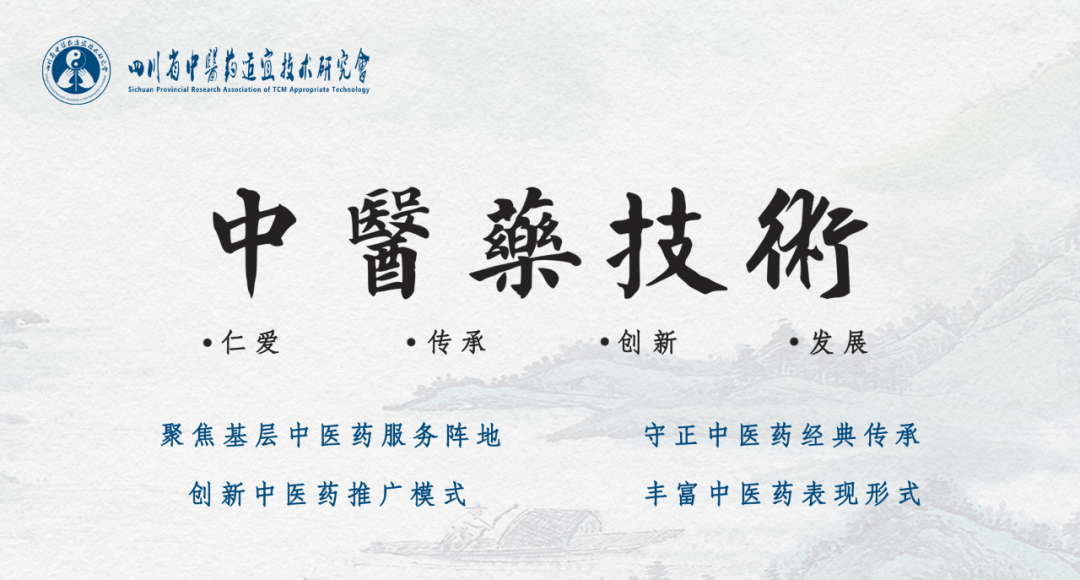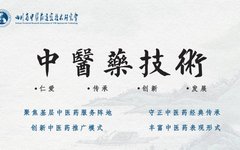
Tai Chi
Tai Chi is a combination of acupoint names. It is formed by the combination of Tai Bai (太白, White Atractylodes) and Zhong Ji (中极, Central Pole). Tai Bai is located at the posterior margin of the first metatarsal head, at the junction of red and white flesh. Zhong Ji is located 4 cun below the umbilicus. It is primarily used to treat Qi counterflow. Tai Bai is needled perpendicularly 0.5-0.8 inches, resulting in local soreness and distension. Zhong Ji is needled perpendicularly 1-1.5 inches, with the sensation of obtaining Qi as the standard.
FunctionsRegulates counterflow and descends rebellious Qi.Location1. Tai Bai is located at the posterior margin of the first metatarsal head, at the junction of red and white flesh.2. Zhong Ji is located 4 cun below the umbilicus.Anatomy1. Tai Bai: Located within the extensor digitorum muscle of the foot. Contains the dorsal venous network of the foot, branches of the medial plantar artery, and branches of the medial tarsal artery. Innervated by the saphenous nerve and branches of the superficial peroneal nerve.2. Zhong Ji: Located on the abdominal midline, with branches of the superficial abdominal arteries and veins, and branches of the inferior abdominal arteries and veins. Innervated by the anterior cutaneous branch of the iliohypogastric nerve. Deep to it is the sigmoid colon.Detailed IndicationsQi counterflow.Detailed OperationTai Bai is needled perpendicularly 0.5-0.8 inches, resulting in local soreness and distension. Zhong Ji is needled perpendicularly 1-1.5 inches, with the sensation of obtaining Qi as the standard.
-E/N/D-
Copyright statement: All non-original articles in this public account are owned by the rights holders; if there are any copyright issues, please contact us in a timely manner.
Editor: Member Services of the Research Association

